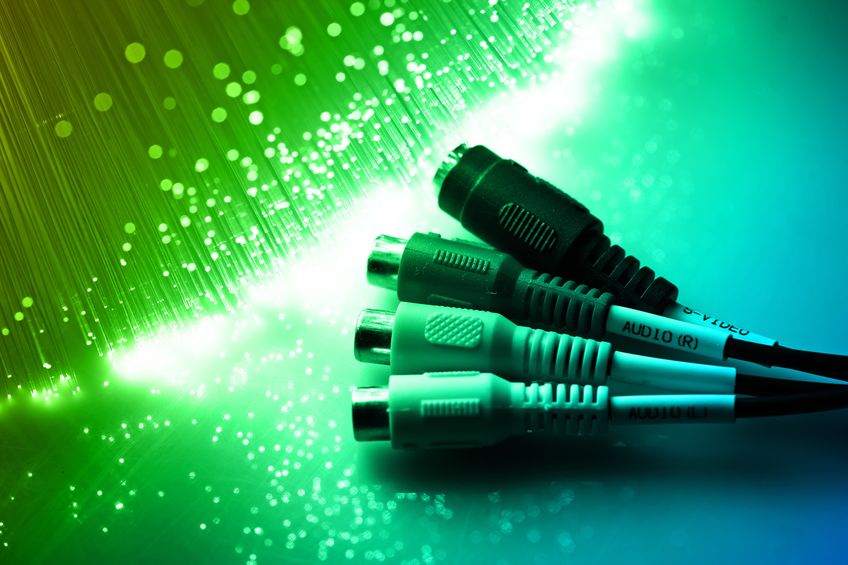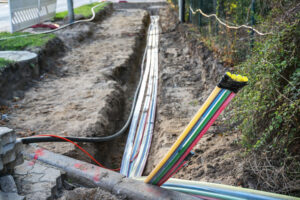As the demand for faster and more reliable data transmission continues to rise, businesses worldwide are adopting fiber optic technology. However, this switch can sometimes be overwhelming due to the technical jargon involved. This post aims to demystify some of the most common fiber optic specifications, enabling you to make informed decisions for your business.
Core Diameter: The Heart of the Fiber
The fiber’s core diameter, measured in microns, is one of the fundamental specifications. It signifies the thickness of the fiber where light travels. The two main types of fiber optic cables, Single-Mode (SMF) and Multi-Mode (MMF), vary by core diameter. SMF, with a small diameter, offers higher bandwidth and longer transmission distances, perfect for large, data-intensive businesses. On the other hand, MMF, with a larger core diameter, is ideal for shorter distances and lower costs, making it suitable for small to medium-sized businesses.
Wavelength: The Color of Light
In fiber optics, the wavelength (measured in nanometers, nm) signifies the color of the light transmitting data. It directly influences the data capacity and transmission distance. Longer wavelengths (1310 nm or 1550 nm) are often used in SMF for longer distances, while shorter wavelengths (850 nm or 1300 nm) are common in MMF for shorter transmissions.
Attenuation: Limiting Data Loss
Attenuation, measured in decibels per kilometer (dB/km), represents the signal loss over distance. Lower attenuation values mean less signal loss, leading to longer transmission distances without the need for signal boosters. Fiber optic cables typically have significantly lower attenuation than traditional copper cables, providing more reliable data transmission over longer distances.
Understanding Your Business Needs
Grasping these fundamental specifications of fiber optic cables can help you determine what best suits your business’s unique needs. Whether your business requires the high bandwidth and long-distance capabilities of SMF, or the cost-effective, short-distance transmission of MMF, a well-informed decision will always serve your business better.
Ready to leverage the power of fiber optics? Contact Coastal Contracting at 757-581-9890. Our expert team will help you decode the jargon and select the best fiber optic solution for your business.



